-
 Bitcoin
Bitcoin $120400
1.77% -
 Ethereum
Ethereum $3615
7.90% -
 XRP
XRP $3.580
17.84% -
 Tether USDt
Tether USDt $1.001
0.06% -
 BNB
BNB $729.4
1.25% -
 Solana
Solana $179.9
5.04% -
 USDC
USDC $0.0000
0.01% -
 Dogecoin
Dogecoin $0.2311
8.22% -
 TRON
TRON $0.3226
4.04% -
 Cardano
Cardano $0.8490
12.85% -
 Hyperliquid
Hyperliquid $46.45
0.72% -
 Stellar
Stellar $0.4913
8.54% -
 Sui
Sui $4.027
2.00% -
 Chainlink
Chainlink $18.51
11.67% -
 Hedera
Hedera $0.2818
21.51% -
 Avalanche
Avalanche $24.03
7.40% -
 Bitcoin Cash
Bitcoin Cash $508.5
2.90% -
 Shiba Inu
Shiba Inu $0.00001496
3.24% -
 UNUS SED LEO
UNUS SED LEO $8.961
1.83% -
 Toncoin
Toncoin $3.264
3.13% -
 Litecoin
Litecoin $104.6
8.15% -
 Polkadot
Polkadot $4.389
6.11% -
 Uniswap
Uniswap $9.924
10.63% -
 Monero
Monero $337.9
0.49% -
 Pepe
Pepe $0.00001376
2.79% -
 Bitget Token
Bitget Token $4.830
2.46% -
 Ethena USDe
Ethena USDe $1.001
0.05% -
 Dai
Dai $1.000
0.02% -
 Aave
Aave $325.2
1.66% -
 Bittensor
Bittensor $423.7
-0.85%
How to find the contract address for an NFT collection?
A contract address is a unique identifier for an NFT collection on the blockchain, ensuring authenticity and enabling verification of ownership and transactions.
Jul 18, 2025 at 11:56 am
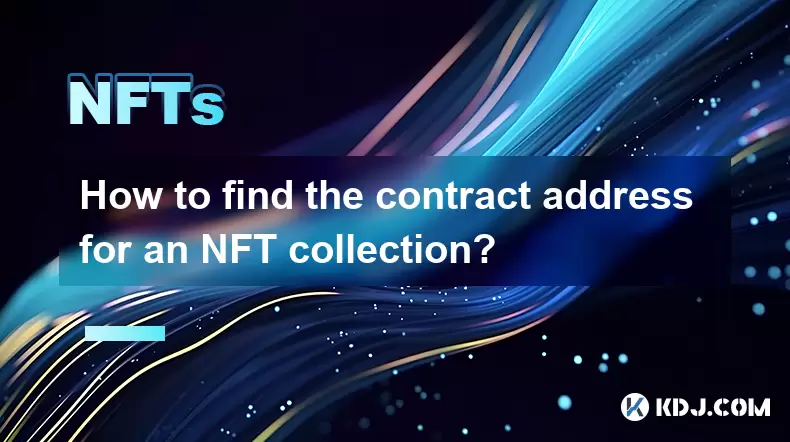
Understanding What a Contract Address Is
In the world of non-fungible tokens (NFTs), a contract address is a unique identifier assigned to a smart contract on a blockchain. This contract address acts as a digital fingerprint for an NFT collection and determines where all its tokens are minted, stored, and transferred from. Every NFT collection you see on platforms like OpenSea or LooksRare operates under one specific contract address, which ensures authenticity and traceability.
Contract addresses are typically represented as alphanumeric strings beginning with "0x" and are immutable once deployed. Understanding how to locate this address can help users verify legitimacy, track ownership, and interact directly with the blockchain.
Why You Might Need to Find a Contract Address
There are multiple reasons why someone would want to find a contract address for an NFT collection. One common use case is verifying that the NFT you're purchasing or selling is genuine. Scammers often create fake copies of popular NFTs, and checking the contract address ensures you’re interacting with the real collection.
Another reason could be for developers or analysts who want to inspect the underlying smart contract code for transparency or integration purposes. Additionally, advanced users might need the contract address to interact via wallets like MetaMask or tools like Etherscan for custom transactions or queries.
Using Marketplaces to Locate a Contract Address
Most NFT marketplaces provide direct access to a collection’s contract address within the collection's details section. For example, on OpenSea:
- Navigate to the desired NFT collection.
- Scroll down to the “Details” section.
- Look for a field labeled “Contract Address”.
This contract address will usually be clickable, redirecting you to a blockchain explorer such as Etherscan or BscScan depending on the chain.
On LooksRare, the process is similar:
- Visit the NFT collection page.
- Check the URL in the address bar — sometimes the contract address appears directly there.
- Alternatively, look for the “Collection Info” tab where the contract address is listed.
Always ensure you're on the official collection page to avoid phishing attempts or counterfeit listings.
Checking Blockchain Explorers for Contract Addresses
If you already own an NFT from a collection and want to confirm its origin, you can retrieve the contract address using a blockchain explorer. Here’s how:
- Go to Etherscan (for Ethereum-based NFTs) or another relevant explorer like BscScan (Binance Smart Chain), PolygonScan (Polygon), etc.
- Enter your wallet address into the search bar.
- Under the “Tokens” tab, locate the NFT in question.
- Click on the token name, and you'll see the contract address at the top of the page.
You can also view the transaction history to see where the NFT was minted or transferred from, which includes the contract address involved in each transaction.
For developers or advanced users, it's possible to query this information programmatically using APIs from services like Alchemy or Infura by referencing the token ID and wallet address.
Verifying Contract Addresses Through Wallets
Many crypto wallets, especially those supporting NFTs like MetaMask, Trust Wallet, or Rainbow, allow users to view the contract address associated with their NFTs. To do so:
- Open your wallet and navigate to the NFT section.
- Select the specific NFT you wish to investigate.
- Look for an option labeled “Details” or “View on Explorer”.
- The contract address will be displayed either in the wallet interface or on the linked explorer page.
Some wallets offer additional features like displaying the verified status of a contract, helping users distinguish between legitimate collections and scams based solely on the contract address.
Always cross-reference the contract address obtained from the wallet with the one shown on the marketplace or explorer to ensure consistency.
Frequently Asked Questions
Q: Can I change the contract address of an NFT after minting?
No, once an NFT is minted, its contract address cannot be changed. It remains tied to the original smart contract deployed on the blockchain.
Q: Are all contract addresses unique to a single NFT collection?
Yes, each contract address represents one specific NFT collection. However, some platforms may deploy multiple contracts for the same project, especially during updates or re-mints.
Q: How can I tell if a contract address is verified?
Verified contract addresses often have a checkmark badge on explorers like Etherscan. Developers must submit the source code for verification, ensuring transparency and trustworthiness.
Q: Do different blockchains have different formats for contract addresses?
The format of a contract address is generally consistent across EVM-compatible chains (e.g., Ethereum, Binance Smart Chain, Polygon), starting with "0x" followed by 40 hexadecimal characters. Non-EVM chains like Solana or Tezos may use different formats.
Disclaimer:info@kdj.com
The information provided is not trading advice. kdj.com does not assume any responsibility for any investments made based on the information provided in this article. Cryptocurrencies are highly volatile and it is highly recommended that you invest with caution after thorough research!
If you believe that the content used on this website infringes your copyright, please contact us immediately (info@kdj.com) and we will delete it promptly.
- Bitcoin Whale's $9.6B Galaxy Digital Move: Profit-Taking or Strategic Play?
- 2025-07-18 14:30:12
- Alchemy Pay, Crypto-Finance, and Hong Kong: A Budding Hub?
- 2025-07-18 14:30:12
- Dave Portnoy's XRP Regret: A Crypto Dump Disaster?
- 2025-07-18 15:10:12
- XRP Price Surges to 7-Year High: Expert Predictions and Market Analysis
- 2025-07-18 15:10:12
- Crypto Market Cap Nears $4T: Can It Rival the Biggest Companies?
- 2025-07-18 14:50:12
- Binners Alpha, TrutaAI, Andken ERA: A New Era?
- 2025-07-18 14:50:12
Related knowledge
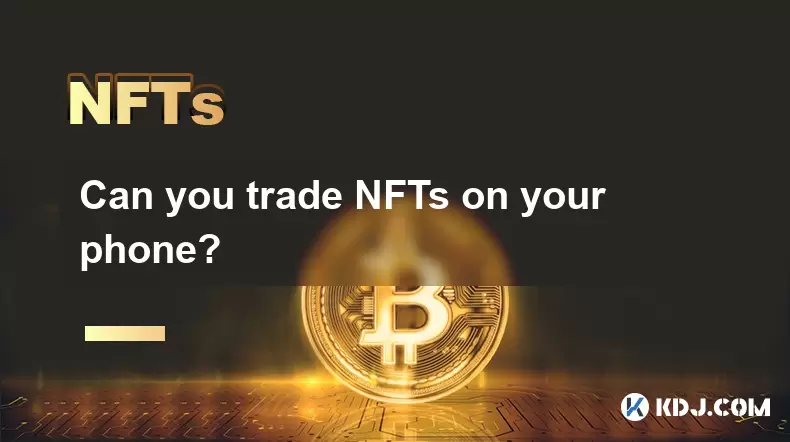
Can you trade NFTs on your phone?
Jul 18,2025 at 04:29am
Trading NFTs on Mobile DevicesYes, you can trade NFTs on your phone, and the process has become increasingly streamlined thanks to a variety of mobile...
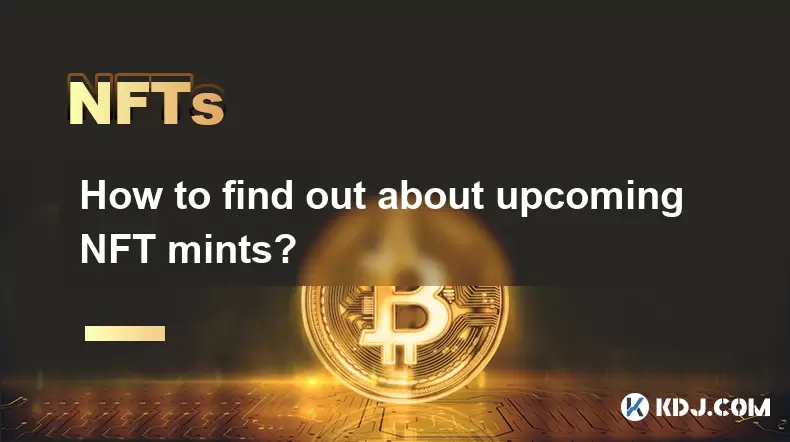
How to find out about upcoming NFT mints?
Jul 18,2025 at 11:50am
Exploring NFT Minting OpportunitiesUnderstanding the landscape of upcoming NFT mints is crucial for collectors, investors, and creators who wish to st...
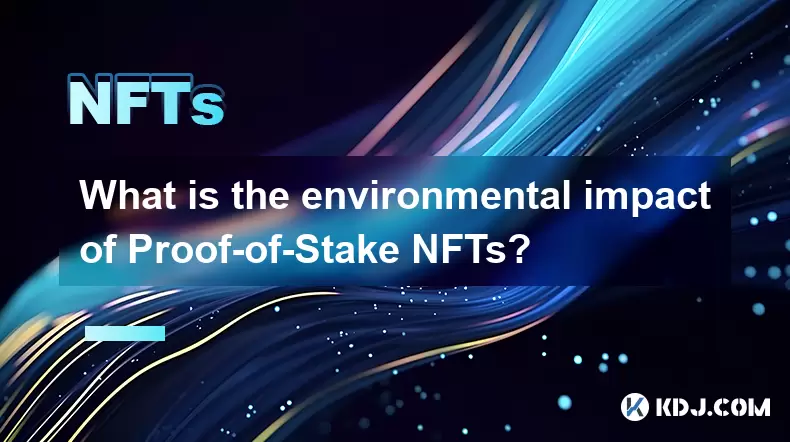
What is the environmental impact of Proof-of-Stake NFTs?
Jul 17,2025 at 07:14pm
Understanding the Basics of Proof-of-Stake NFTsProof-of-Stake (PoS) is a consensus mechanism used by blockchain networks to validate transactions and ...
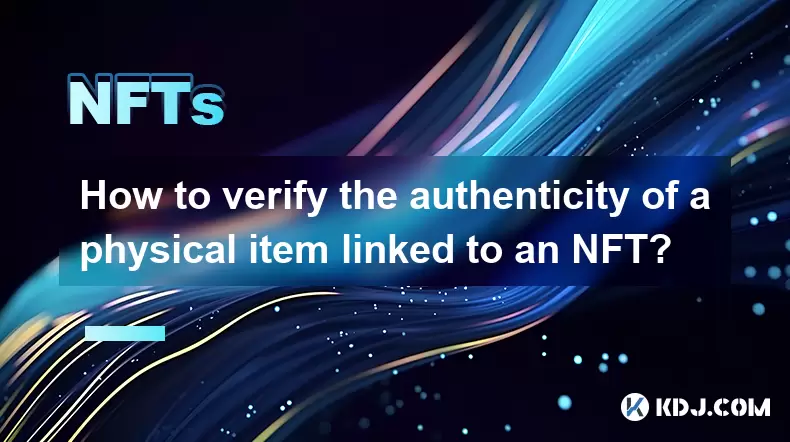
How to verify the authenticity of a physical item linked to an NFT?
Jul 18,2025 at 03:07pm
Understanding the Link Between NFTs and Physical ItemsWhen an NFT is linked to a physical item, it essentially acts as a digital certificate of owners...

How to find the contract address for an NFT collection?
Jul 18,2025 at 11:56am
Understanding What a Contract Address IsIn the world of non-fungible tokens (NFTs), a contract address is a unique identifier assigned to a smart cont...
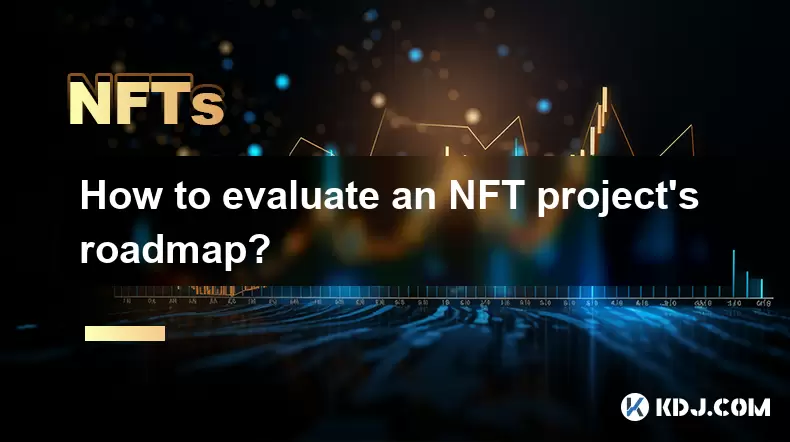
How to evaluate an NFT project's roadmap?
Jul 18,2025 at 01:21am
Understanding the Basics of an NFT Project RoadmapAn NFT project's roadmap is a strategic document that outlines the short-term and long-term goals of...

Can you trade NFTs on your phone?
Jul 18,2025 at 04:29am
Trading NFTs on Mobile DevicesYes, you can trade NFTs on your phone, and the process has become increasingly streamlined thanks to a variety of mobile...

How to find out about upcoming NFT mints?
Jul 18,2025 at 11:50am
Exploring NFT Minting OpportunitiesUnderstanding the landscape of upcoming NFT mints is crucial for collectors, investors, and creators who wish to st...

What is the environmental impact of Proof-of-Stake NFTs?
Jul 17,2025 at 07:14pm
Understanding the Basics of Proof-of-Stake NFTsProof-of-Stake (PoS) is a consensus mechanism used by blockchain networks to validate transactions and ...

How to verify the authenticity of a physical item linked to an NFT?
Jul 18,2025 at 03:07pm
Understanding the Link Between NFTs and Physical ItemsWhen an NFT is linked to a physical item, it essentially acts as a digital certificate of owners...

How to find the contract address for an NFT collection?
Jul 18,2025 at 11:56am
Understanding What a Contract Address IsIn the world of non-fungible tokens (NFTs), a contract address is a unique identifier assigned to a smart cont...

How to evaluate an NFT project's roadmap?
Jul 18,2025 at 01:21am
Understanding the Basics of an NFT Project RoadmapAn NFT project's roadmap is a strategic document that outlines the short-term and long-term goals of...
See all articles

























































































